PICTURES: Kittens with 26 toes need a new Haywards Heath home
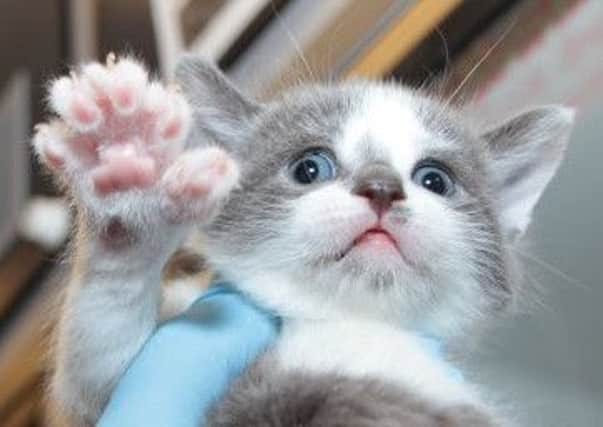

The pint-sized moggies, currently in the care of Cats Protection’s National Cat Adoption Centre, in Lewes Road, Haywards Heath, were born with a rare genetic condition called polydactyly, giving them two extra digits on each paw.
The holder of the Guinness World Record for the most toes on a cat is Jake, who a vet counted as having 28 toes in 2002, leaving Cats Protection’s kittens close behind the record.
Advertisement
Hide AdAdvertisement
Hide AdThe condition is a harmless quirk of nature which shouldn’t cause any health problems.
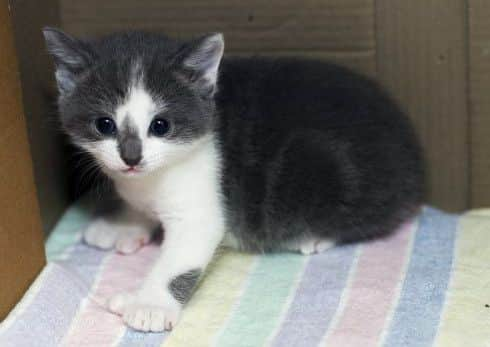

The kittens were handed into Cats Protection along with their mother November and litter-mate Kathleen after their owner couldn’t cope with the unplanned arrivals.
Neither two-year-old November or Kathleen carry the condition and have the correct number of toes – five on the front and four on the back paws.
Tania Marsh, deputy manager of Cats Protection’s National Cat Adoption Centre, said: “We do see polydactyl cats from time to time, but it’s unusual to see them with so many extra toes – normally it’s more like an extra four or five.
Advertisement
Hide AdAdvertisement
Hide Ad“When we counted them up and found they had eight extra each we were really surprised. They are lovely, playful and happy kittens and there’s no denying they do look very sweet with their huge paws.”
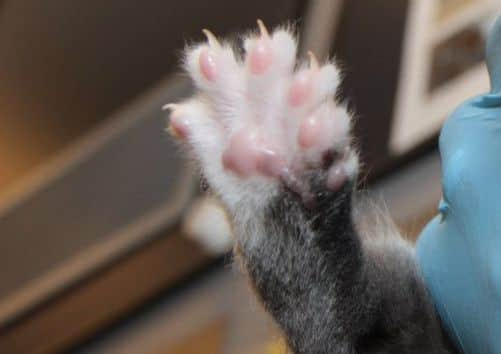

Cats Protection’s clinical veterinary officer Beth Skillings said that while uncommon, polydactyl cats are seen across the UK.
“Polydactyly is a genetic condition which, in the majority of cases, causes no harm whatsoever,” she explained.
“The number of extra toes varies, with some polydactyls just having two or three more than usual and others having many more, as we have with Violet and Knight.
Advertisement
Hide AdAdvertisement
Hide Ad“There is a legend among sailors that polydactyl cats used to be ship cats and the extra toes helped them climb the rigging. It’s a nice story but these cats do not have a greater climbing ability.
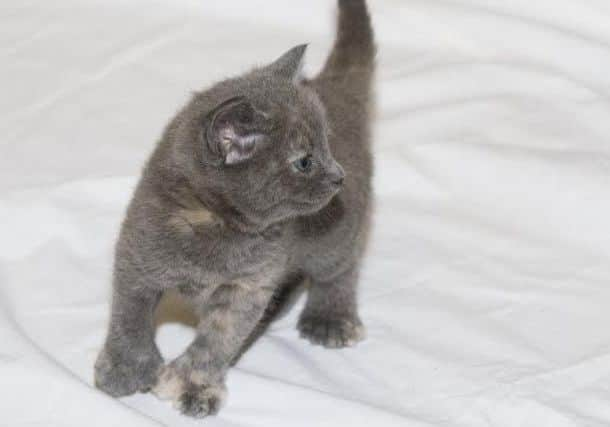

“It’s neither an advantage or disadvantage, just a quirk of nature.”
November, Violet, Knight and Kathleen need a new home once they have been neutered to prevent further unplanned kittens.
Tania added: “The kittens may be unusual because of their condition, but unfortunately they are among many that will be handed into us this year because they were unplanned. Cats are prolific breeders and can become pregnant from a very early age. We recommend neutering at around four months old or younger to prevent unwanted kittens being born.
Advertisement
Hide AdAdvertisement
Hide Ad“Each year, we are inundated with litters of kittens, which puts a real strain on our resources, not least because it means older cats in our care get overlooked by potential owners. I would urge anyone with an unneutered cat to act now.”
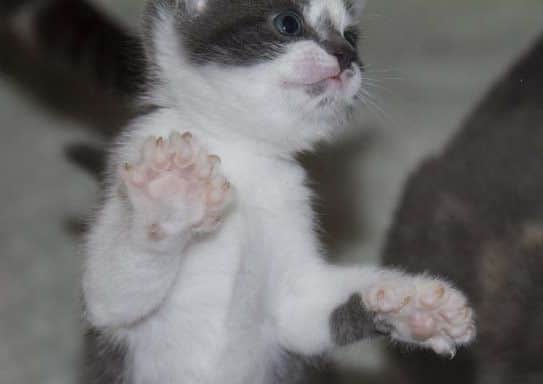

Cats Protection offers financial support to have cats neutered.
Call 03000 12 12 12 or visit www.cats.org.uk/what-we-do/neutering/financial-assistance.
To adopt a cat visit the centre or email [email protected]